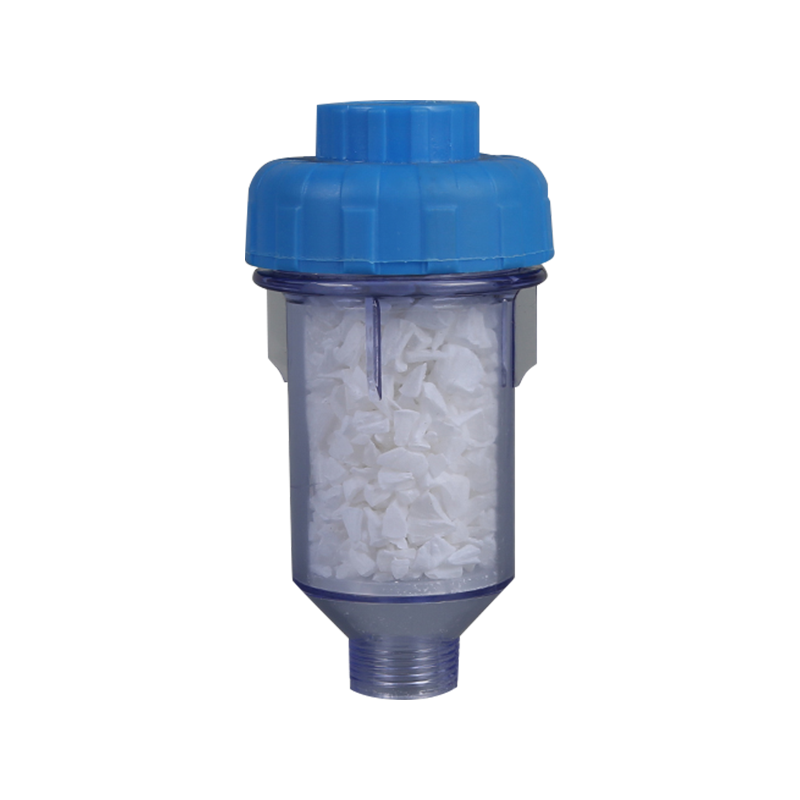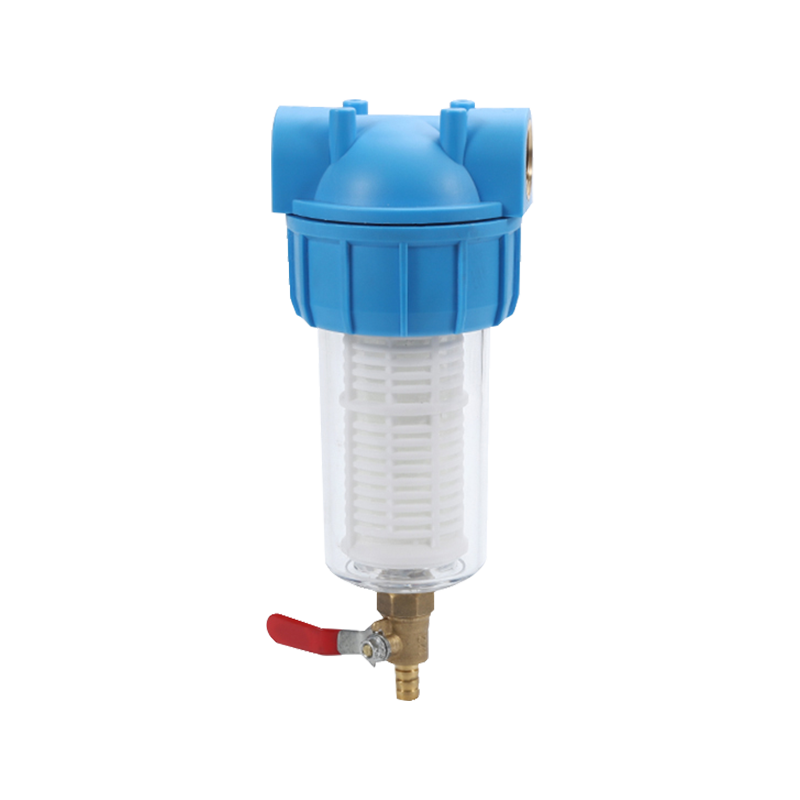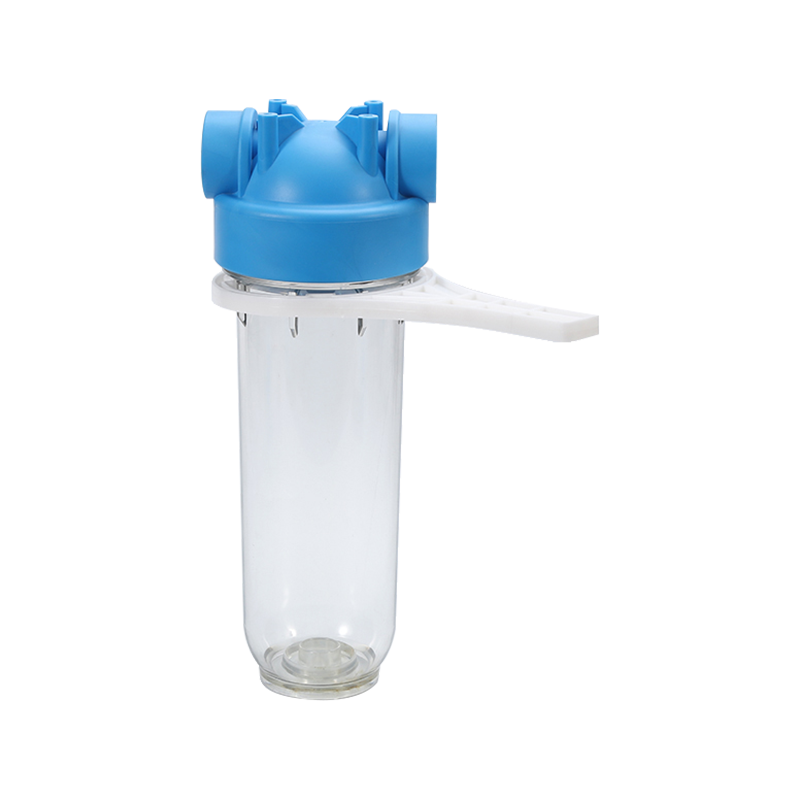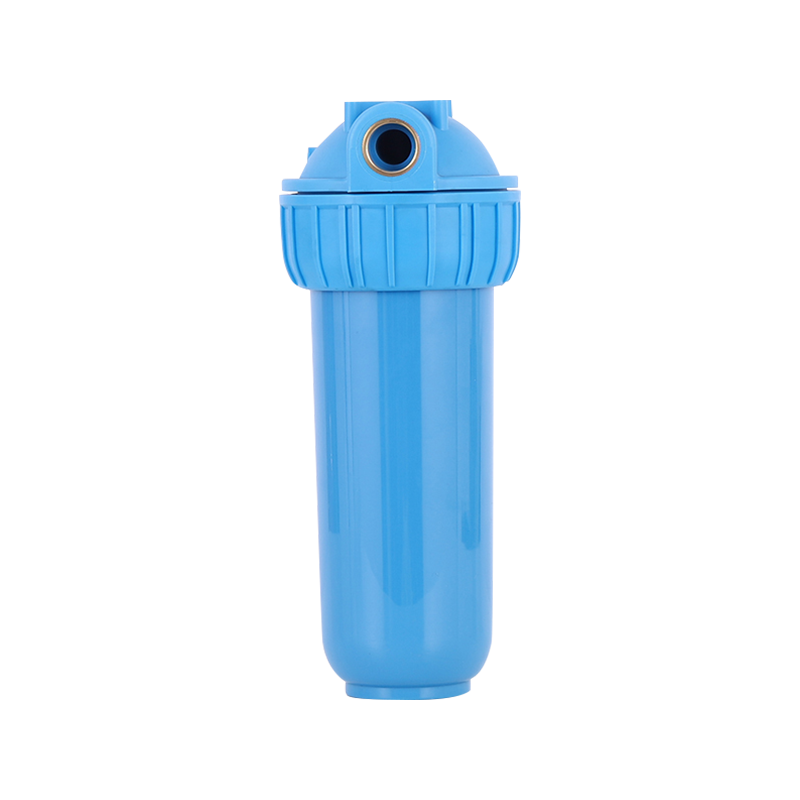The core highlight of this filter is its built-in silicone sheet filter layer. As a high-performance elastic material, silicone has high-temperature resistance, aging resistance, corrosion resistance,...
See Details [email protected]
[email protected] +86-18857088392
+86-18857088392 No. 1, Guihua 'an Road, Qinggang Xiaohu Family, Mushan Town, Yuyao , Zhejiang, CHINA
No. 1, Guihua 'an Road, Qinggang Xiaohu Family, Mushan Town, Yuyao , Zhejiang, CHINA
How can a reverse osmosis water treatment system improve the quality of drinking water at home?
Industry News-Reverse osmosis (RO) water treatment system has become one of the commonly used water filtration technologies in households. Through its unique semi-permeable membrane filtration technology, it can effectively remove various pollutants in the water, improve water quality, and ensure the safety and health of drinking water for family members. With the increasing severity of water pollution, especially in some areas with a high degree of industrialization or polluted water sources, ordinary water treatment equipment may not be able to completely remove harmful substances in the water, while the reverse osmosis water treatment system can effectively improve water quality with its efficient filtration capacity.
The working principle of the reverse osmosis system is based on the filtration of water molecules through a special semi-permeable membrane. Only water molecules and very small molecules can pass through the membrane, while most impurities and pollutants are intercepted on the other side of the membrane. This process can remove a variety of harmful substances in the water, such as heavy metals (lead, mercury, cadmium, etc.), chlorine, chloramines, bacteria, viruses, sediments, organic chemicals, etc. If these substances are ingested for a long time, they may have serious effects on human health. In particular, heavy metals and harmful chemicals not only enter the human body through drinking water, but may also accumulate in the body, leading to chronic poisoning or other health problems. Reverse osmosis water treatment systems ensure the safety of drinking water by removing these substances, greatly reducing the health risks of drinking water.
Reverse osmosis water treatment systems can also improve the taste and flavor of water. Many people may notice a pungent chlorine or other odor in tap water, which is often a disinfection byproduct or other chemicals in the water. Reverse osmosis water treatment systems significantly improve the taste of water by removing chlorine, chloramines and other impurities in water. Water filtered by the RO system is clear and transparent, and tastes fresher. It is not only suitable for direct drinking, but also can be used for cooking and brewing beverages, further improving the quality of family life. Especially for families with children or the elderly, clean water sources are more important, which can effectively avoid gastrointestinal discomfort or other health problems caused by water quality problems.
Although the reverse osmosis system can remove harmful substances in water, it will also remove some natural minerals, such as calcium and magnesium. These minerals have certain benefits to human health, especially for bone and heart health. The main way for the human body to ingest minerals is food rather than drinking water, so even if RO water lacks some minerals, as long as the diet is balanced, the normal intake of minerals can still be guaranteed. There are also some RO systems on the market equipped with mineral remineralization filters, which can remove harmful substances while moderately adding some minerals that are beneficial to the human body to further improve the water quality.
Another major advantage of the reverse osmosis water treatment system is its efficient filtration performance and convenient use. Many families may worry about the inconvenience caused by water quality problems, especially the need to frequently change filters or manually treat water quality. Compared with traditional water filters, reverse osmosis systems have stronger filtration capabilities and can effectively remove pollutants from water for a long time, reducing the trouble of frequent cleaning and replacement of filters for family members. Most RO systems are also equipped with automatic flushing functions to ensure the efficient operation of the filter element, reducing maintenance costs and troubles. The installation and use of RO systems are very simple, and many devices can be installed directly under the kitchen faucet to provide families with a source of pure water that is always available.

 English
English русский
русский Español
Español عربى
عربى 中文简体
中文简体
 >
> >
> >
> >
> >
> >
> >
> >
>
